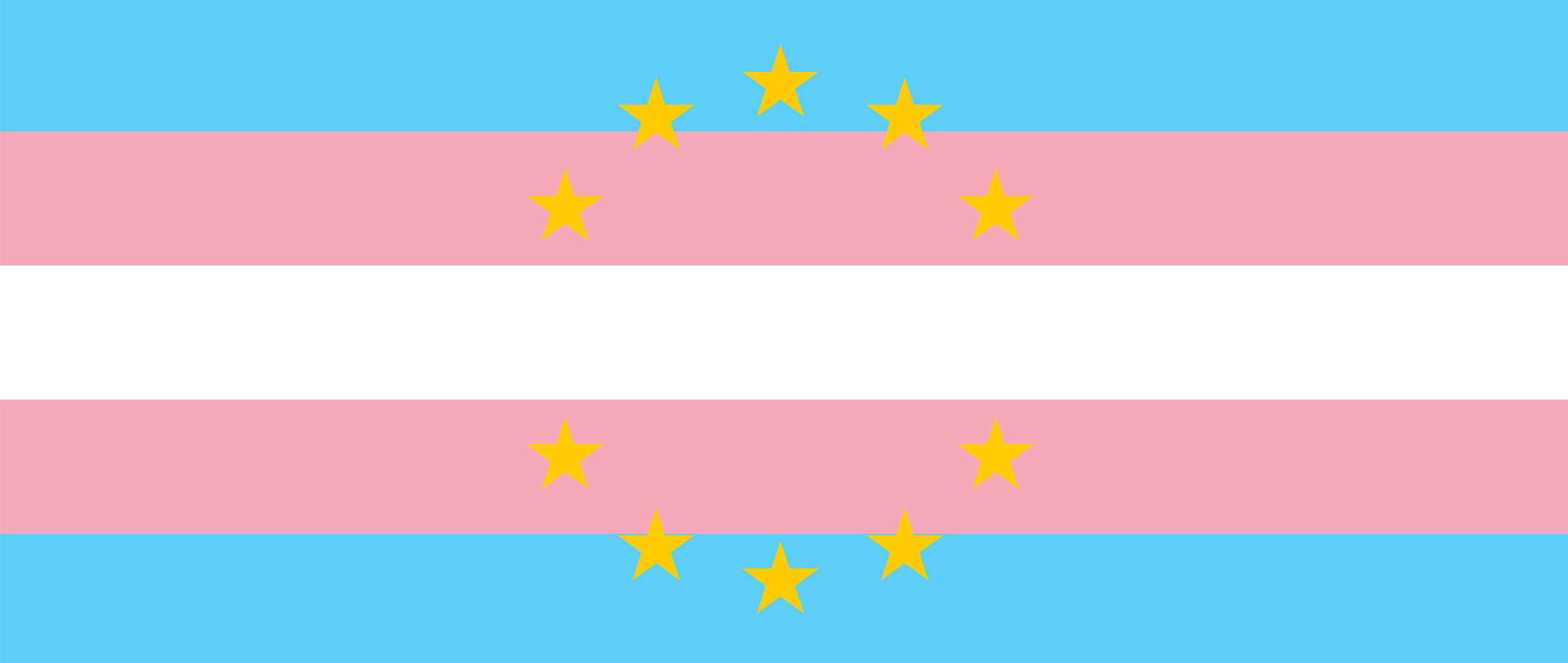When I started my career as a trans activist in 2003, sterilization was seen as something that just “came with the territory” of being a trans person. Both my native Germany and the Netherlands, where I lived at the time, made it an explicit requirement for legal gender recognition, i.e. my ability to change the gender marker on my paperwork. Sterilization in this context means infertility through surgery, such as a hysterectomy (for trans men) or removal of the testicles (for trans women).
Back then, that seemed logical to most. After all, what was once called “transsexualism” was understood to be a desperate need to transition from one neatly defined gender to the (only) other neatly defined gender, including a desire to get rid of reproductive organs. These notions were internalized by doctors and trans patients alike and went unquestioned, even by virtually all of the trans people I met in support groups.
But how did we get there?
Access to transition care in Western Europe developed something like this: trans people sought hormones and surgeries, then found providers (often outside the mainstream) who were willing to do it. Doctors became convinced by the first narrative they heard, there were only two genders and these individuals required a change from one to the other. Trans people then shared that same narrative with their peers, who in turn used it again to get the health care they also sought. Over time the “standard” trans story became entrenched, including the crucial element that all trans people wanted, or needed, every available surgery so as to be “completely the other” gender. Ultimately, that version of a trans story was not only the desired story but the obligatory one.
Doctors actively rejected those individuals who did not fit, making non-binary trans people, as well as others, unable to access the health care they needed without also undergoing treatments they did not need or want.
Another part of that narrative was the belief that all trans people sought to live as “stealth” a life as possible – i.e. without being visible to anybody as a trans person. To facilitate this invisible life – which was heavily promoted by doctors – trans people needed identity documents that showed their self-identified gender.
There was no real choice between fertility and being recognized as a person before the law. I needed a job, and therefore proper ID – so I did what I had to do.
Parliamentary documentation does not tell us much about the reasoning that went into explicitly requiring sterilization (this would be a fun project for a historian!). But I believe that it was written into law following the same eugenic thinking that forced involuntary sterilizations on other marginalized communities such as Roma, poor people, and people with disabilities. It is rooted in a belief that some lives are socially undesirable and simply not worth living, and so must be prevented, even eradicated. But the act of taking a treatment protocol based on a narrative that fit the identities of some people and turning it into a piece of law that applied to all was a factor as well. Sterilization is a necessary or desired part of medical care for some trans people. This is perfectly reasonable provided that those individuals can make an informed decision about their fertility. For their legal treatment, however, mandatory sterilization or any other medical requirement becomes a human rights violation, especially when it is codified as a precondition for an unrelated benefit – such as an updated identity document.
The judgment of the European Court of Human Rights last month is a major victory and fulfills a vow that I made to myself when I started out as a trans activist: to ensure that no one else was subjected to the coercion that led to my own sterilization. I am deeply grateful to everybody who joined in to make this vision a reality, in ways both big and small – but most of all I am grateful for their work in also envisioning a world free from policing of fertility.
Now that we have prevented new generations of trans people’s exposure to this wrong, our governments must right what was done to us. A full apology and reparations are the least they can do.
—-
Justus Eisfeld is the co-founder of Transgender Netwerk Nederland, Transgender Europe, and Global Action for Trans* Equality, and helped develop the UN interagency statement “Eliminating forced, coercive and otherwise involuntary sterilization.”
Don't forget to share:
Help make sure LGBTQ+ stories are being told...
We can't rely on mainstream media to tell our stories. That's why we don't lock our articles behind a paywall. Will you support our mission with a contribution today?
Cancel anytime · Proudly LGBTQ+ owned and operated
Read More in Impact
The Latest on INTO
Subscribe to get a twice-weekly dose of queer news, updates, and insights from the INTO team.
in Your Inbox













